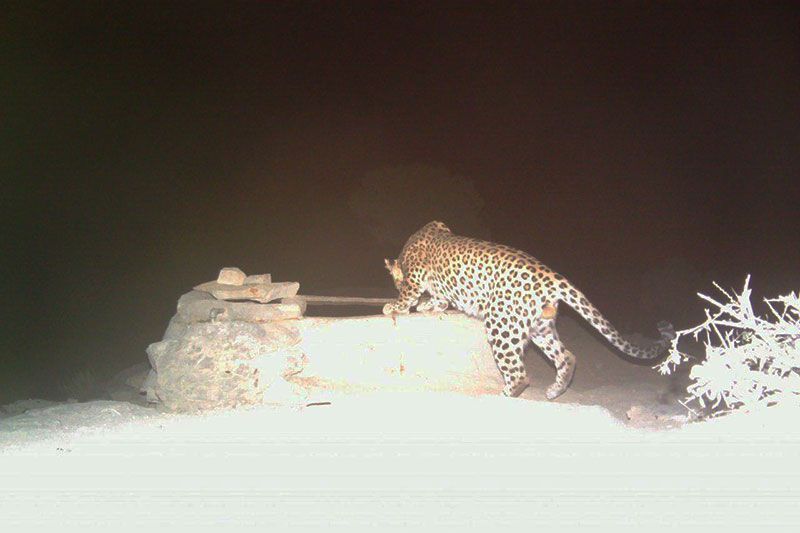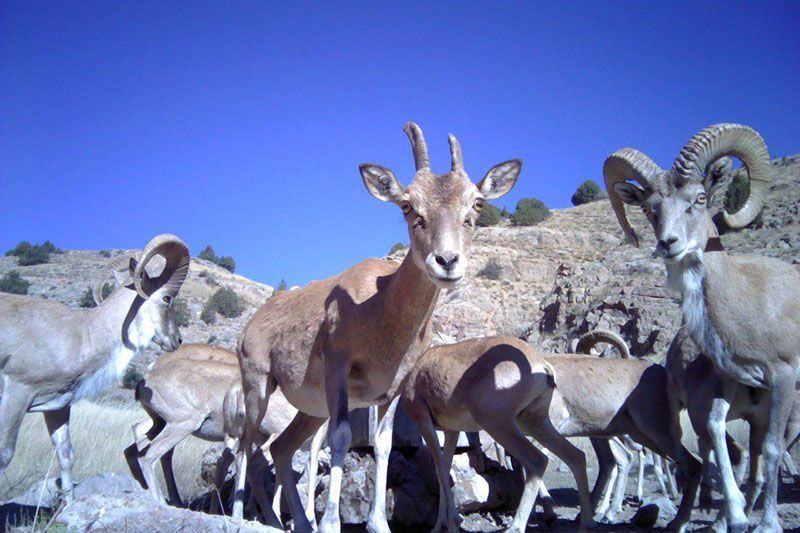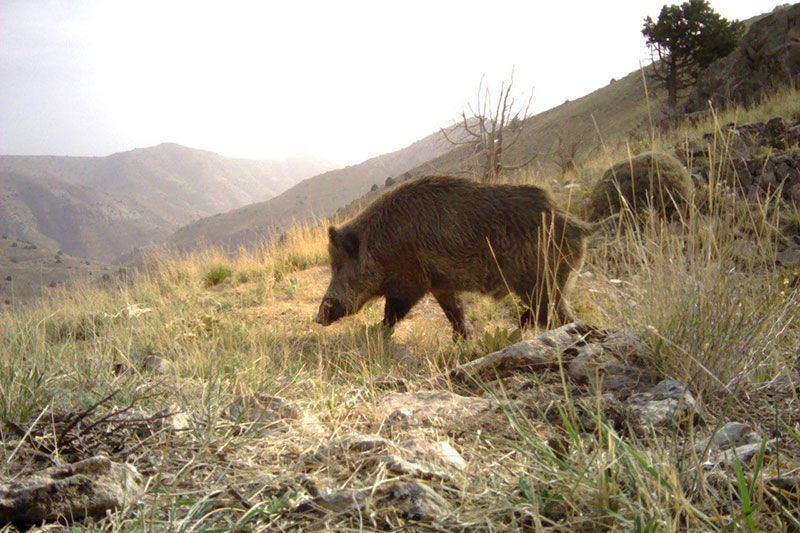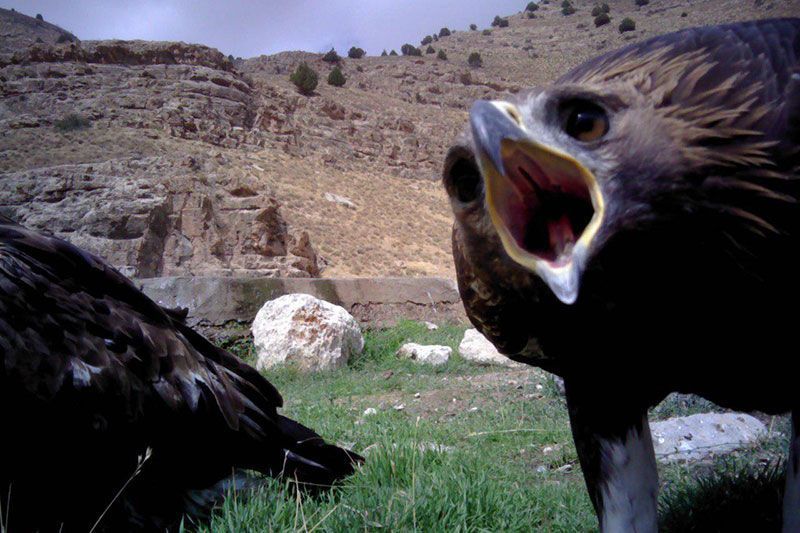The dry season
We’re delighted to report that work to protect the Persian leopard has been progressing well in Tandoureh National Park, Iran. Our project leader, Mohammad Farhadinia, explained recently that his team’s efforts are really paying off. Last year his rangers built 13 water holes throughout the park.
The team has also run several kilometres of pipes from the high mountain elevations to ensure water is available throughout the park. In the dryer months, wildlife can struggle to find enough drinking water. By providing plenty of watering sites, animals are protected during the dry season.
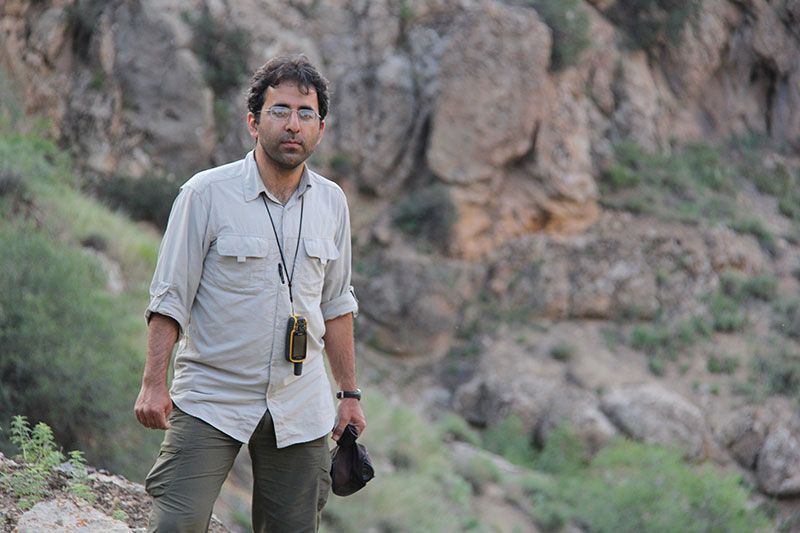
Mohammad Farhadinia, project leader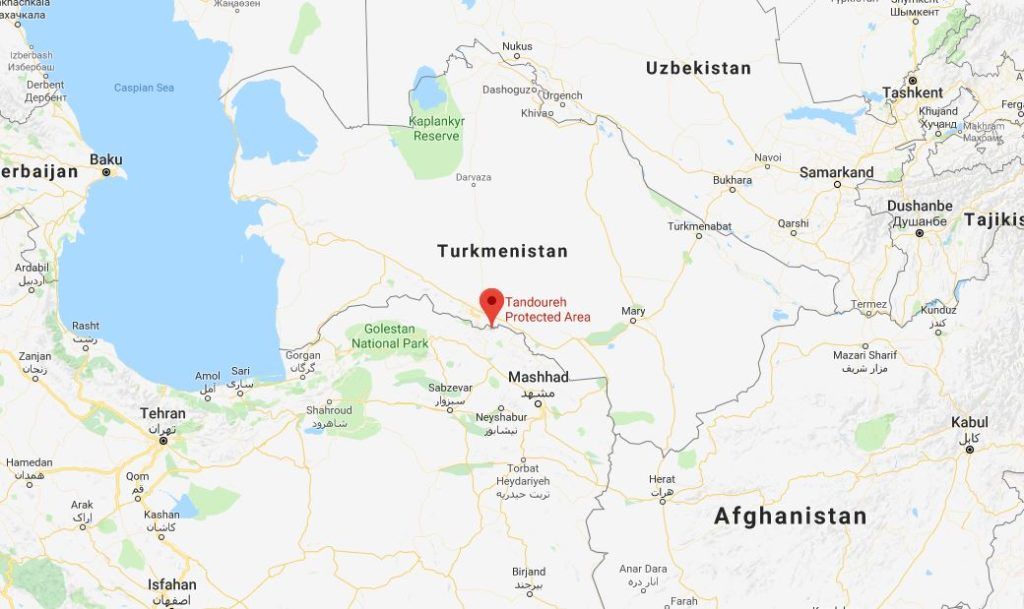
Tandoureh National Park, Iran 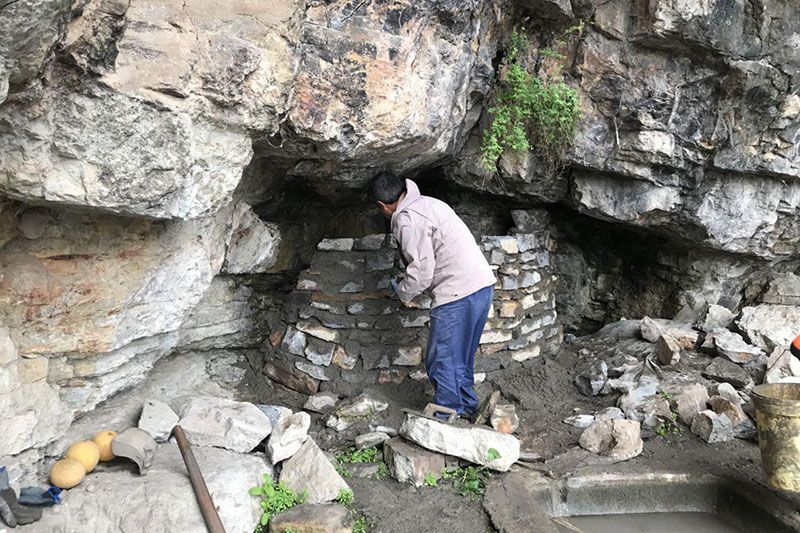
The team building water holes 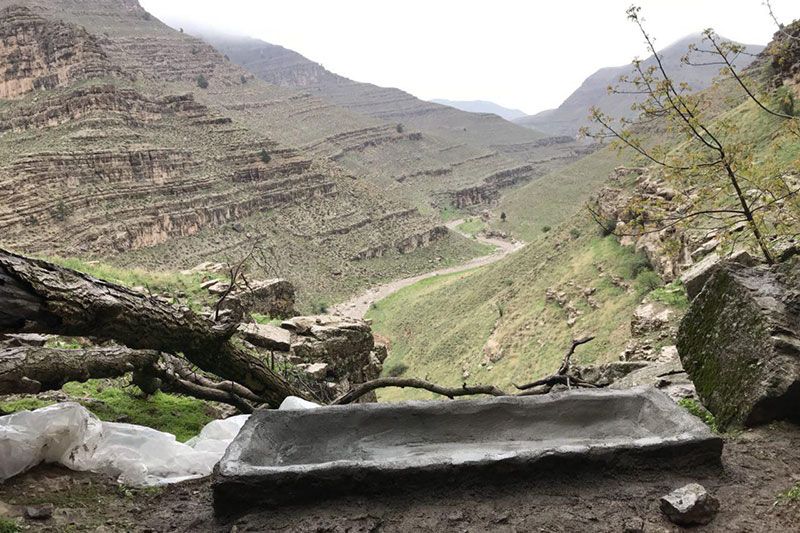
Finished water hole with a view!
Rangers to the rescue
Poaching is still a problem. Poachers can kill the leopards but more often they target their prey, urial sheep and ibex. These hardy ancestors to domestic goats and sheep, are the animals Persian leopards rely on. Poaching can reduce their numbers and disturb their natural behaviour. Mohammad and his men need to cover vast areas throughout the park to deter poachers. To help them do this effectively, the team have constructed several kilometres of trails to Eastern parts of Tandoureh that were almost impossible to reach, other than on foot. The rangers can now get to these areas quickly on horseback or by motorbike to patrol these areas.
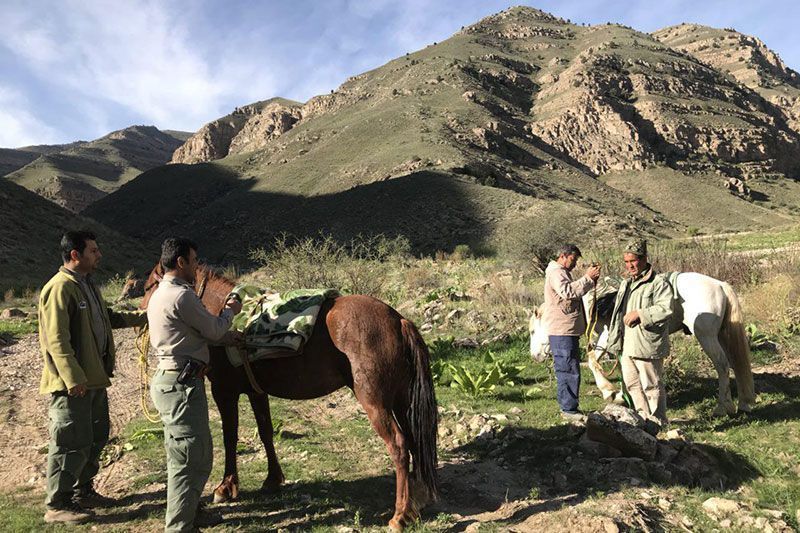
The horses are a valuable addition 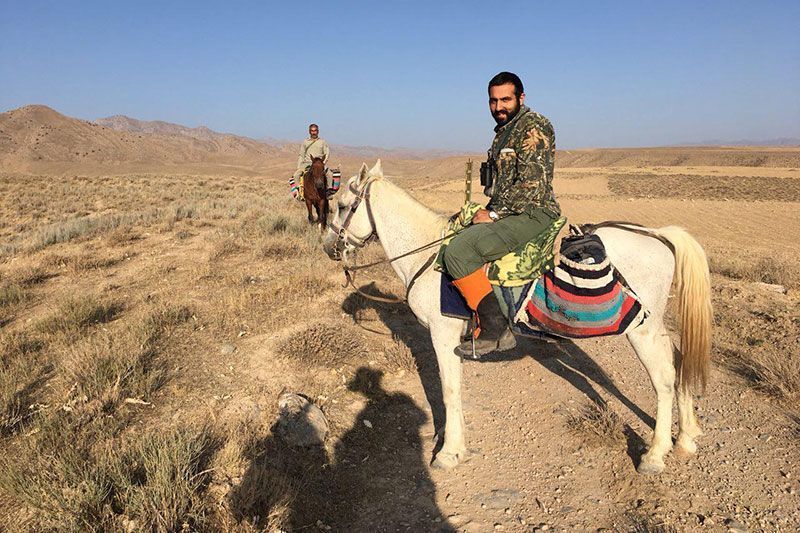
The rangers have to cover a vast expanse
A very positive outlook
All of this hard work has paid off. Mohammad told us that in discussions with the Chief of Parks last year, they both guessed how many ibex and urial sheep the park was home to. Mohammad suggested that in 2018 they would now number 3,000. The Chief was less optimistic and suggested only 1,500. When their team carried out their annual count everyone was overwhelmed to discover that there are at least 4,000 animals in Tandoureh. These efforts to both manage the park sensitively for all wildlife, and maintain strong anti-poaching patrols have resulted in this success.
The camera traps photograph a lot of activity around the water holes!
We want to thank PTES supporters for providing the funds for us to support Mohammad’s vital work.
Read more about this project on our worldwide project page

